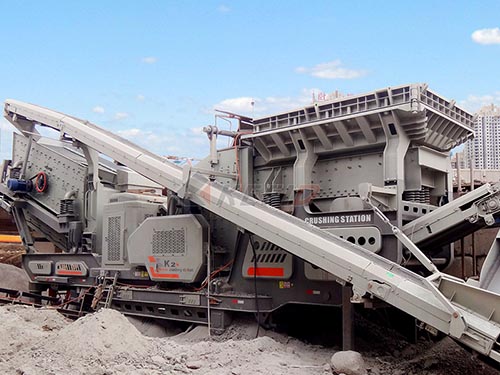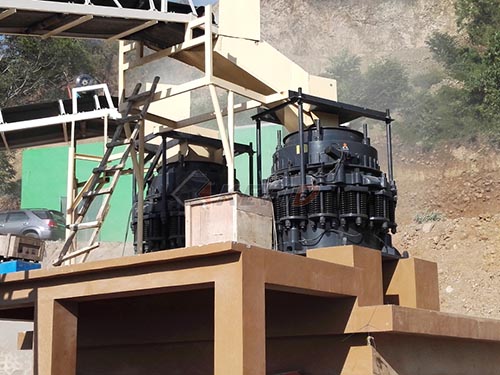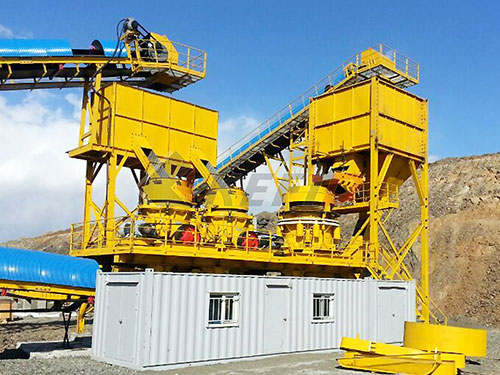Taming the Dust Dragon: Strategic Investment in Crusher Dust Control Systems for Sustainable Growth in Argentina
Argentina’s vast mineral wealth – encompassing lithium brines in the salt flats of Salta and Jujuy, copper and gold deposits traversing the Andes from San Juan to Catamarca, and significant industrial aggregates production nationwide – forms a cornerstone of its economic development strategy. However, unlocking this potential responsibly hinges on addressing a pervasive challenge: fugitive dust emissions from crushing operations. Investing in modern crusher dust control systems is no longer merely an environmental consideration; it is a strategic imperative for operational efficiency, regulatory compliance, worker health protection, community relations, and long-term sustainable growth within the Argentine mining and quarrying sectors.
The Pervasive Challenge of Crusher Dust
Crushing rock is inherently dusty. Primary jaw crushers create coarse fragments through immense pressure, generating large volumes of airborne particles. Secondary cone or impact crushers further reduce size through impact and attrition, producing finer respirable dust fractions (PM10 and PM2.5). Conveyor transfer points are notorious dust generators as material falls freely onto belts below or transfers between conveyors at different angles or speeds.

In Argentina’s diverse geography:
Arid Regions (e.g., Salta): Low humidity allows dust to remain airborne longer and travel greater distances.

Windy Areas (e.g., Patagonia): Strong winds rapidly disperse uncontrolled dust plumes over vast areas.
Populated Vicinities: Quarries near urban centers face intense scrutiny regarding visible plumes impacting residents.
Sensitive Ecosystems: Operations near glaciers (Andean foothills), forests (Misiones), or agricultural zones require stringent controls.
The consequences of uncontrolled crusher dust are severe:
1. Health Hazards: Silica dust exposure leads to silicosis – an incurable lung disease – respiratory illnesses (asthma, bronchitis), cardiovascular problems (PM2.5), eye irritation, and increased cancer risk among workers.
2. Environmental Impact: Dust settles on soil altering pH levels impacting vegetation; contaminates water bodies; harms local fauna; contributes to air pollution affecting regional air quality indices.
3. Operational Inefficiency: Dust buildup accelerates wear on bearings, motors, conveyor rollers/structures; reduces visibility increasing accident risk; clogs filters increasing maintenance frequency/costs; forces unscheduled shutdowns.
4. Regulatory & Social License Risks: Failure to comply with national laws like Ley Nacional Nº

Leave a Reply